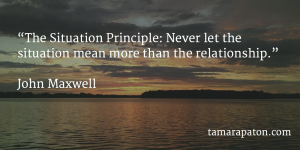

A reader recently faced a setback in his board work. He joined the board of a large nonprofit and was keen to contribute. The first few months went well, but he soon found himself blindsided by the CEO’s seemingly sinister behaviour. When the truth became clear, the director resigned.
For obvious reasons, the reader is gun-shy about future board opportunities. He remains committed to board work, but wishes to avoid repeating this experience. “How do I vet the next CEO? And ensure this selfish marginalization is not repeated?”
Naturally, I empathize with the reader. I have written previously about how frustrating it can be to work alongside those who are less than genuine (see here and here). I’ve also explored how to avoid a bad board and the ways we can gracefully resign from a bad fit. If you would prefer to avoid trouble before it starts, however, some due diligence can protect our time and reputation.
Prior to interviewing for a new board role, I dig into the organization. It’s possible that a scan of my network will reveal a weak or manipulative leader, but I don’t put complete faith in background checks. In our increasingly litigious society, it seems that only my closest contacts are willing to speak frankly about performance. The rest protect themselves by sharing vague platitudes (which, in and of themselves, can be a warning sign).
Accordingly, it’s up to us to vet our future colleagues. Although the reader expressed concern about the CEOs with whom she’ll work, it pays to conduct a little due diligence on all members of an organization’s board and management team.
Prior to taking on a board role, I encourage my clients to speak with the CEO and as many of the current directors as possible. Doing so begins the important work of building strong relationships. Posing the following questions to those already on the ground can also surface issues surrounding character and collaboration.
How would you characterize the relationship between the board and management?
When you ask this question, you probably won’t hear a response that is overtly negative. It’s more common for directors to share neutral generalities. Probe further to explore specifics. What makes the relationship work well? Do board and management share responsibility for boardroom culture? How would you describe the dynamics between the CEO and board chair?
How do the board and management resolve conflict?
Clashes between the board and management are inevitable. Successful organizations know how to work through such differences respectfully. Seek recent examples to illustrate the tools the board uses to align expectations and smooth disagreements.
To what extent have your colleagues changed your views on an issue?
CEOs often come to their boards with fully baked plans, ready to defend their stance. A great CEO considers ideas from a variety of sources, however, including directors. Ask the CEO about a recent situation in which his perspective evolved in response to the board’s input. How did that outcome affect the CEO’s willingness to engage the board in the future?
How does the board invest in improving itself?
There is no one right way to manage board performance, but I’m wary of boards that don’t have feedback mechanisms in place. They can be informal or more structured, but ultimately need to facilitate a conversation about how the board and management can collaborate more effectively.
It’s also worth asking about director education. How does the board stay in touch with the business and industry trends? What portion of the board has completed governance training? Has the CEO pursued director education, even if only for the sake of understanding the motivation underlying directors’ questions?
How have you seen diversity contribute positively to the organization?
This question reveals whether the organization values diversity or merely pays lip service. It’s not enough to tally the number of women and visible minorities on the board and in management ranks. Forward-thinking organizations have a sense of diversity’s benefits and can cite the tangible impacts they have experienced.
Even with answers to these questions in hand, we may walk into challenging situations. Seemingly professional leaders can turn into boardroom bullies or exhibit surprisingly childish behaviour. Accordingly, it helps to align with a board buddy in our early days and to maintain a dialogue with the chair. By demonstrating a commitment to collaborative relationships, we maximize our chance for impact and a rewarding experience.
Thank you for reading! If you found this post useful, please share it with others in your network. Doing so helps my work reach others and would mean so much to me.








